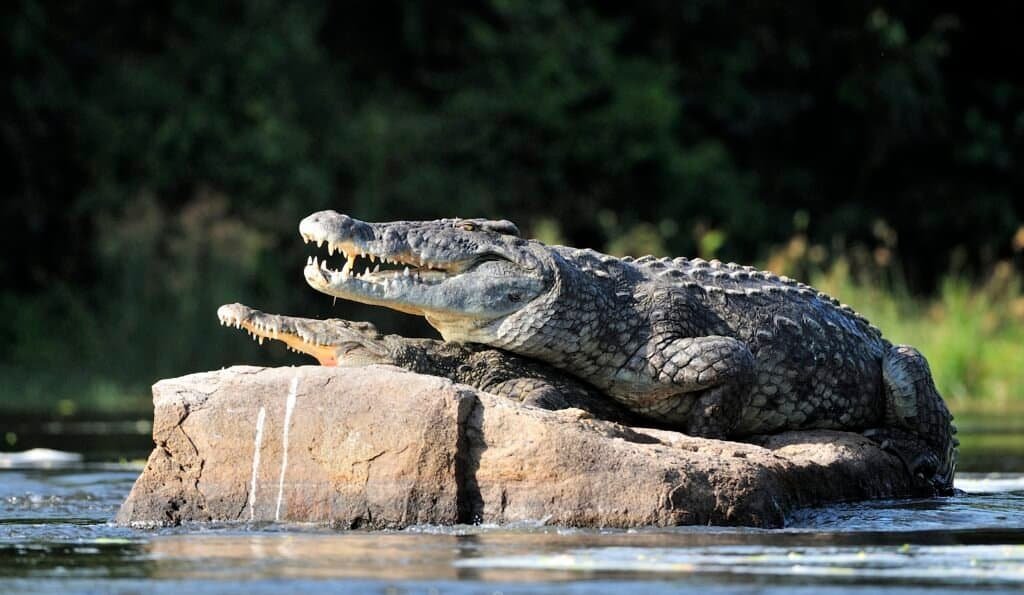Visiting the River Nile
Visiting the River Nile. This is a major north-flowing river in northeastern Africa. It flows into the Mediterranean Sea. And also said to be the longest river in Africa. Historically been considered the longest river in the world. The Nile Spanning over 6,650 kilometers (4,130 miles), this watercourse has played a pivotal role in shaping the history and livelihoods of the diverse communities along its banks.
Origin of the River Nile.
Originating from Lake Victoria, the river traverses countries such as Uganda, Sudan, and Egypt. Its annual flooding, driven by the seasonal rains, has nurtured the fertile Nile Delta and supported agriculture for millennia.
Today, the Nile remains a lifeline for thousands, providing water, sustenance, and transportation. As it meanders through varied landscapes, from serene lakes to dramatic cataracts, for this creates narrative of continuity and change, linking the past to the present in an unbroken flow of time.

The Depth of the Nile Waters.
River Nile reaches its widest point in Uganda and reaches depths up to 36 feet (11 m) on average, fostering diverse aquatic ecosystems. The lifeblood of northeastern Africa, winds its way through diverse landscapes,
Wildlife Sustained in the River Nile
The Nile River offers a haven for an array of fascinating wildlife. From the bustling riverbanks to the expansive floodplains, the Nile’s ecosystem teems with creatures that have adapted to its ever-changing waters.
And these are some of the most popular species experienced in and around the Nile River.
- Nile Crocodile: Stealthy and formidable, the Nile crocodile is an apex predator along the river’s edge. With a prehistoric presence, these reptiles lurk in the shallows, awaiting the opportune moment to strike.
- African Elephant: Majestic herds of African elephants frequent the riverbanks, utilizing the Nile’s waters for both refreshment and play. The sight of these gentle giants against the backdrop of the river is a testament to the harmony of nature.
- Hippopotamus: Nicknamed “river horses,” hippos find refuge in the Nile’s deeper stretches. Their massive bodies and distinctive grunts add a touch of the wild to the serene river landscapes.
- Nile Monitor Lizard: Slithering along the banks, the Nile monitor lizard, with its sleek scales and long tail, is a skilled hunter. Agile both in and out of the water, it embodies the reptilian diversity along the Nile.
- African Fish Eagle: With a distinctive call that echoes over the waters, the African fish eagle soars above the Nile, showcasing its majestic wingspan. This avian predator dives with precision to snatch fish from the river’s surface.

The Distance from Kampala to the source of the Nile.
The source of the Nile River is found in Jinja a town situated in the eastern part of Uganda approximately about 87km by road from Kampala.
Which may take almost 1hour 51 min drive from capital Kampala.
How much does it cost to go the source of the Nile.
The entrance fee for foreign nationals is USD 10, while the East African citizens pay UGX 10000, and Ugandan citizens pay UGX 5000. The fee doesn’t include the boat taking travelers to the actual source of the Nile.





JOHN
I love to see the Nile crocodiles , very giant and aggressive